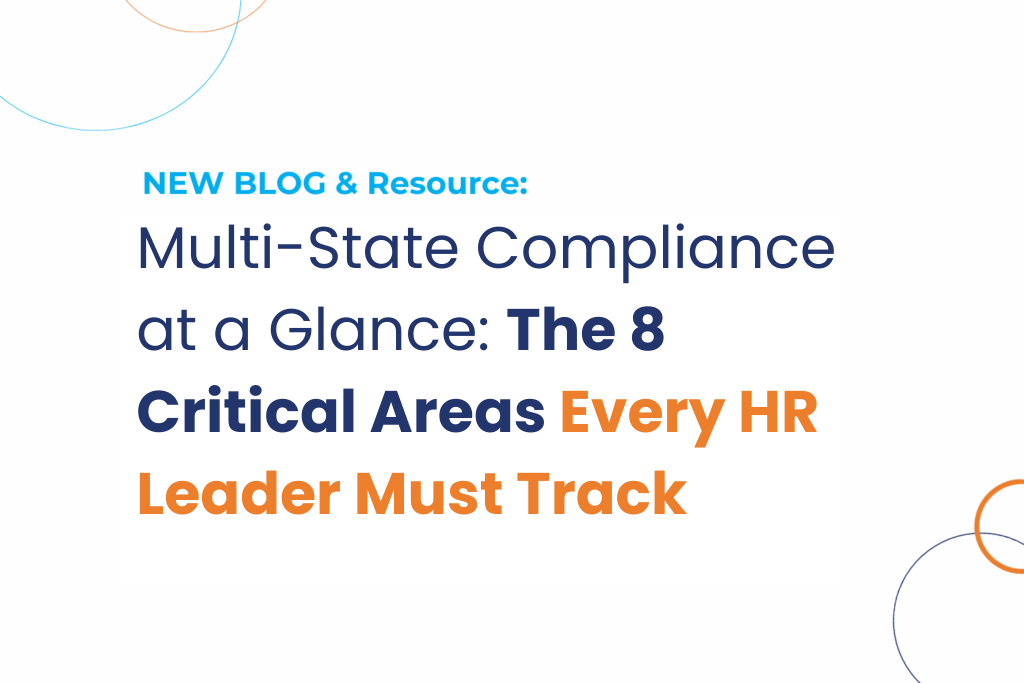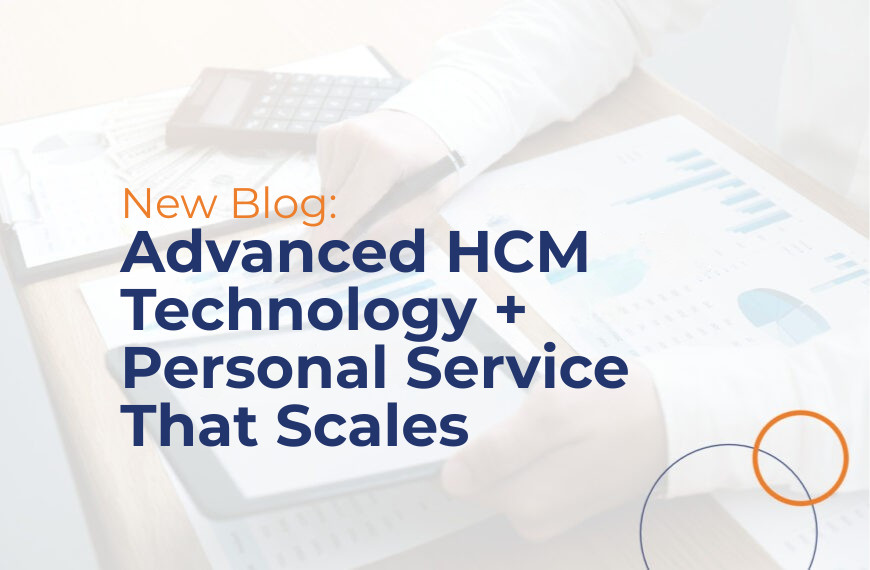How COVID Will Change HR and Employee Policies Permanently: Part 2

In part one of this series, we discussed all the ways that workplaces and employee policies will change as hybrid or remote work become the norm. However, workplaces won’t just change after COVID because a working from home policy will become the norm in an employee manual. It’s also going to change when people physically return to the office. Below are some additional changes that workplaces should begin implementing now, whether they’re operating by a telecommuting policy only, or they’re slowly returning the team to the office.
New employee policies for fostering employee engagement in a post-COVID environment
Even if your team is not moving to remote work in any capacity, improving employee engagement will become a different beast post-COVID. Here are some items you should consider:
- Gatherings: Team building activities, happy hours, parties, and outings will be different for the foreseeable future. Keep up with state mandates about group sizes. You’ll also want to make sure employees feel comfortable declining invitations to social activities. Explicitly state that you understand if they don’t feel comfortable joining for these kinds of gatherings. Consider trying the Zoom, Skype, and Teams happy hours if your workforce is completely remote.
- Use the right technology: Employee engagement technology fosters better collaboration and communication, both digitally and if your team is socially distanced in the office. Additionally, you can use surveys to take the pulse on how employees are feeling. MP’s HR software allows you to do so both, either anonymously or named. Even after you implement the right technology, it’s important to take the idea of open-door employee policies to the internet. Make sure colleagues and reports feel comfortable reaching out to people when they need to.
- Mental health benefits: In these stressful times, employers can support their workers by reducing or eliminating copays on telehealth visits. They should make sure mental health specialists are included in benefits packages. Employers can also offer a mental health day to everyone. It’s important that employees don’t feel stigmatized using it.
You can ensure this by having managers publicly take their own mental health days, setting the right tone.
New office layouts and employee policies for social distancing
While many companies are operating remotely right now, some will eventually get back to the office. When they do, office layouts will probably look very different for a long time. The most obvious change will be the number of employees operating out of the office or the square footage, which will likely reduce significantly. If they’re not going 100% remote, many employers are downsizing their office space to cut real estate costs.
In the new office layout, many experts believe we’ll see a rise in Plexiglass dividers. We’ll also see a lot of distance between workstations. Many other kinds of barriers could be utilized, too. To make it easier to build barriers, standing desks will probably be used less. Another obvious change will be stations for masks, hand washing, sanitizing, and health checks. Depending on the employer and location, employees will probably be required to do some sort of temperature check and health screening before entry. Note that employers will need to pay for time spent waiting to be screened and screenings. If employees are sent home, they will probably still need to be paid. Check with your HR services team and create employee policies around these procedures before you run into issues.
Conference rooms will be utilized less frequently, and seating will certainly be arranged in a different way. Offices will also be making changes in attempts to circulate more fresh air, possibly choosing open windows over air conditioning. (COVID precautions will add an interesting new element to the usual battle over office temperatures.)
Beyond the physical layout of the workspace, employee policies will create physical distance between employees. Social distancing will likely be necessary in some locations for as much as another year. Breaks and lunches will be staggered, and the water cooler will not be the social mecca it once was. Essentially, the biggest change in offices won’t be the physical ones. They’ll be how anti-social the office now feels. It may beg the question for employers and their staff alike: is returning to the workplace even worth it?
Recent Posts
- The New Normal: Why Multi-State Hiring Is Reshaping HR Compliance
- The New Normal: Why Multi-State Hiring Is Reshaping HR Compliance
- Part 2: Speak Their Language — How to Win Buy-In From the C-Suite
- Part 1: Stop Playing Defense — How to Position HR as a Business Driver
- Built for Your Industry: Why Industry-Specific HCM Solutions Deliver 3x Better Results
Categories
- ACA (10)
- AI (6)
- BizFeed (6)
- Business Strategy (120)
- COBRA (5)
- Compliance (246)
- COVID-19 (92)
- Diversity (12)
- eBooks (19)
- Employee Engagement (33)
- Employee Handbooks (24)
- ERTC (29)
- FFCRA (7)
- HR (311)
- MP Insider (13)
- Payroll (167)
- PFML (9)
- PPP (24)
- PTO (5)
- Recruiting (54)
- Remote Work (39)
- Return to Work (32)
- Unemployment (1)
- Wellness (22)
Archives
- November 2025
- October 2025
- September 2025
- August 2025
- July 2025
- June 2025
- May 2025
- April 2025
- March 2025
- February 2025
- January 2025
- December 2024
- November 2024
- October 2024
- September 2024
- August 2024
- July 2024
- June 2024
- May 2024
- April 2024
- March 2024
- February 2024
- January 2024
- December 2023
- November 2023
- October 2023
- July 2023
- June 2023
- May 2023
- April 2023
- March 2023
- January 2023
- December 2022
- October 2022
- September 2022
- August 2022
- July 2022
- June 2022
- May 2022
- April 2022
- March 2022
- February 2022
- January 2022
- December 2021
- November 2021
- October 2021
- September 2021
- August 2021
- July 2021
- June 2021
- May 2021
- April 2021
- March 2021
- February 2021
- January 2021
- December 2020
- November 2020
- October 2020
- September 2020
- August 2020
- July 2020
- June 2020
- May 2020
- April 2020
- March 2020



